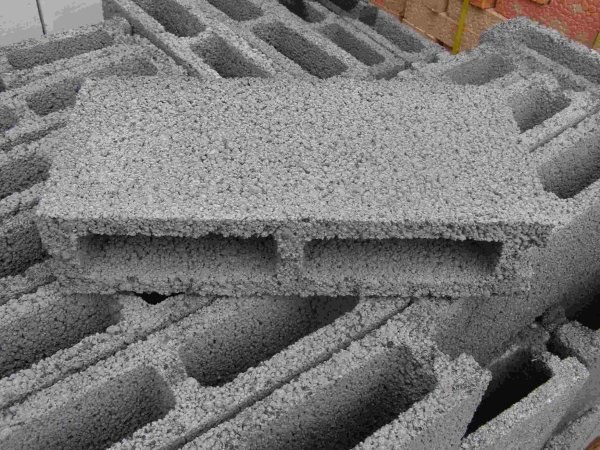The pros and cons of keramzitobetona
Clay is a large, lightweight and durable blocks made from expanded clay, known as clay, cement and water. The lightness of the material is achieved due to the foam structure of the expanded clay and shell, covering the pellets, has high strength. The density of keramzitobetona may be different depending on the production method – from 400 to 1800 kg per cubic metre.
An important advantage of keramzitobetona compared to many modern building materials – environmentally friendly and safe for health. The second main advantage – high insulation: the walls of these blocks is optional to further strengthen, at home one can build in a cold climate.
Clay can be used in both low-rise and high-rise building: each unit has a special void, in which to hold a rigid frame.
The size of the block of expanded clay, about four times larger than bricks. The clutch is the same as brick, but due to the lightness and dimensions it is easier and faster. Keramzitobeton goes well with a variety of construction materials. It is easy to handle, and chemical and physical exposure to a minimum.
Disadvantages of keramzitobetona – porosity and relative brittleness in comparison with concrete.
The pros and cons of the foam block
The foam block is made from foamed concrete having a cellular structure, thanks to which its properties are close to the characteristics of the clay. He also has excellent thermal insulation properties – more specifically, more higher than clay, so if your main goal is good insulation at home, it is best to choose a foam block.
The wood is also lightweight, which facilitates their transportation and laying. The structure of the material makes it easy to compare, cut, score in the surface of the nails. But mechanical strength is not the best material.
The foam blocks are almost not afraid of moisture, unlike clay, which have low water vapor permeability. Cellular concrete blocks are well passed steam, allowing the homes to "breathe", shaping a healthy climate and letting out harmful substances. In the summer in this building are cool and the winters due to the good thermal conductivity – heat.
The foam blocks are rarely used in high-rise construction, but among low-rise buildings is one of the first places among all materials. They are very durable and can easily withstand the cycles of freezing and thawing, unlike concrete block.
